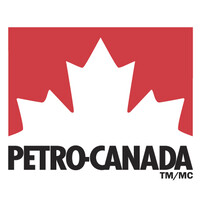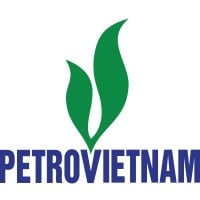
Petro-Canada
As a Suncor business, Petro-Canada is proudly Canadian, with a leading national network of retail stations, Petro-Pass cardlocks and bulk facilities. We know firsthand what it takes to run a business in Canada. It’s why we go beyond high-quality fuels and offer more ways to help you find efficiencies and get ahead. Through our commercial fuelling network we deliver bulk fuels, Diesel Exhaust Fluid and lubricants wherever and however you need them and our online fuel management tools help keep your fuel spend secure and in check. No matter your business, we are here to help keep you moving toward what matters most to you. When we put the leaf in our logo, we meant it. Because we share more than a country. We share a way to live. #LivebytheLeaf http://www.petro-canada.ca






